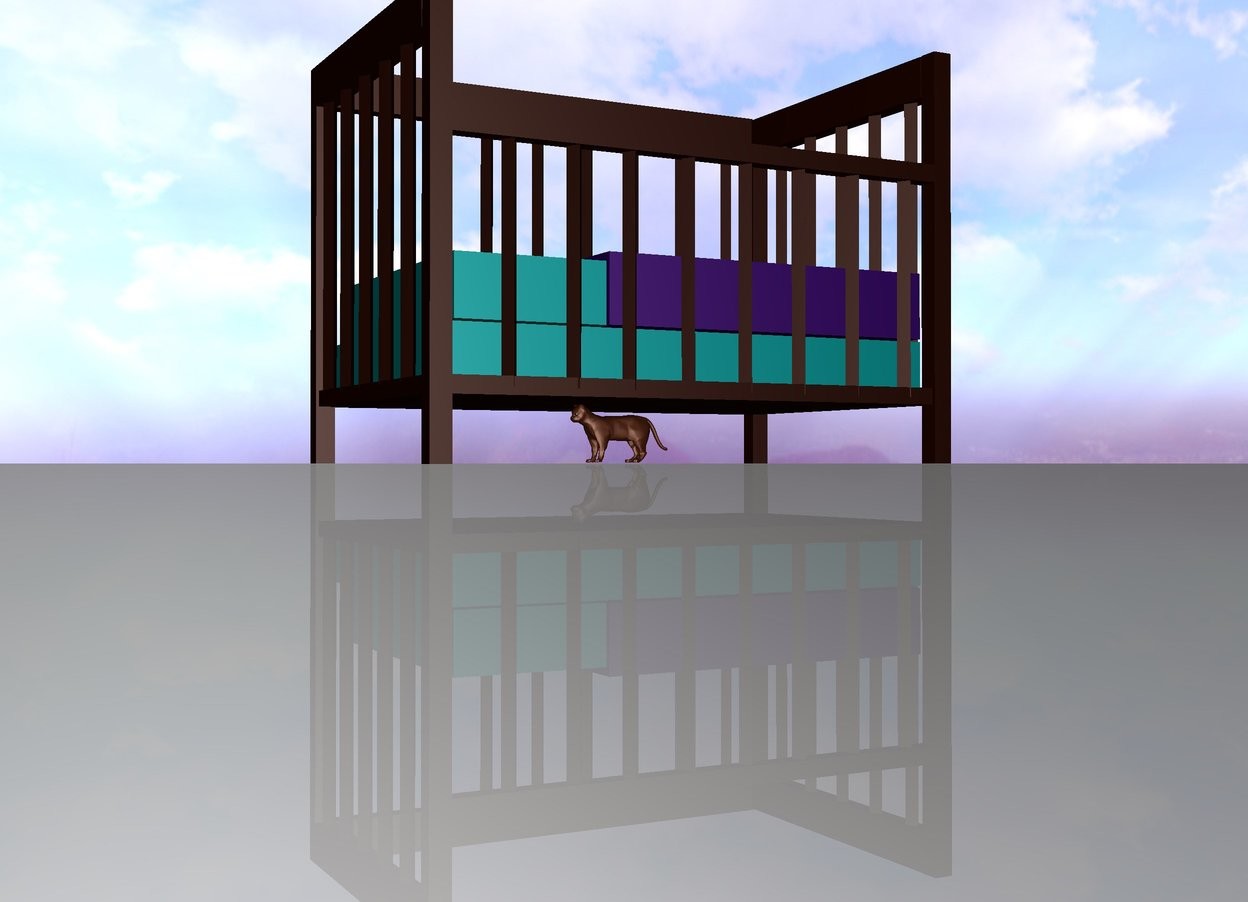We've got about fifteen of these books in our house. My daughter loves them. The images and tactile features of each page are great for engaging a toddler with reading.
What I've realised is that just about every page of the book covers 'that's', 'its' and 'too'. So, today I took in one of her books and projected it for the class to read. The vast majority of them recognised the book. We read it and discussed 'that's', 'its' and 'too' as we came to each one. My main teaching point was 'too'. I told the class to think of these books every time they write 'too' or 'its/it's'.










